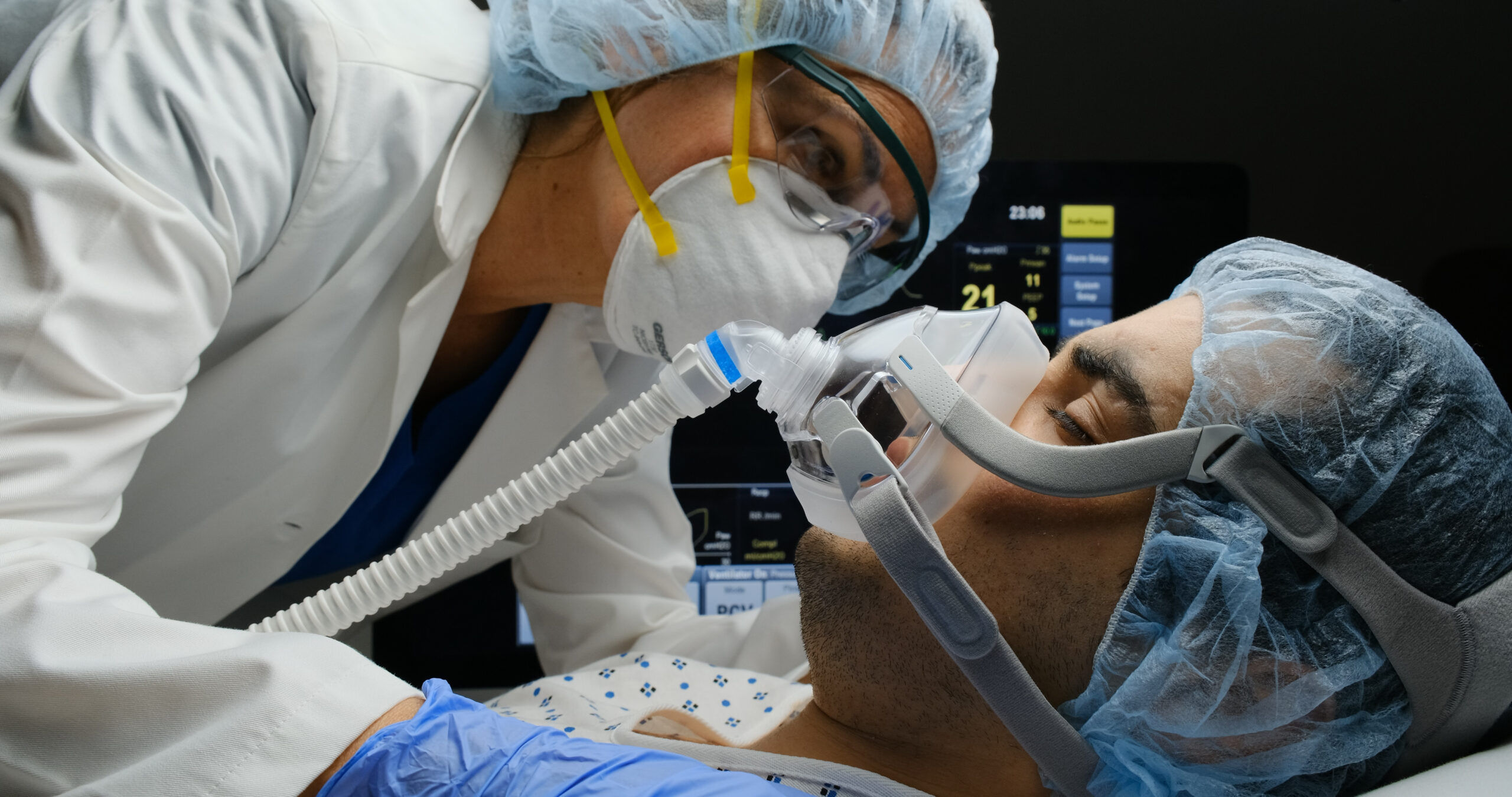Digest Author(s): Emer Kelly, Incoming e-Learning Director / 25 January, 2021
There is not enough evidence to inform clinical practice guidelines on oxygenation targets for ICU patients. Some data suggest targeting a peripheral O2 sats of 88-92%. ARDS Net studies suggest PO2 target of 55-80 mmHg (kPa 7.33-10.66) but the LOCO2 trial was stopped early due to increased mesenteric ischaemia in the lower oxygenation group.
This trial, the Handling Oxygenation Targets in the ICU (HOT-ICU) trial tested the hypothesis that targeting a PaO2 of 60 mmHg (7.99Kpa) [lower oxygenation group] would reduce 90 day mortality by 5% as compared with targeting a PaO2 of 90 mmHg (11.99kPa) [higher oxygenation group] in patients who were admitted to the ICU with hypoxemic respiratory failure.
This was an investigator-initialised, multicentre stratified, parallel-group clinical trial with centralized randomization and a computer generated concealed assignment sequence with permuted blocks of varying sizes carried out between June 2017 and August 2020. 35 ICUs in Denmark, Switzerland, Finland, the Netherlands, Norway, the UK and Iceland were included. The nature of the trial meant it could not be blinded.
Patients ≥18 year of age who were admitted to the ICU with hypoxemic respiratory failure and were receiving at least 10 litres of oxygen per minute in an open system or an FiO2 of at least 0.50 in a closed system were screened. All patients had to have an arterial line and were expected to receive O2 therapy for at least 24 hours in the ICU. Exclusion criteria are included in the detailed 38 page appendix and mainly relate to prior oxygen prescription or poisoning that can impact on oxygenation. Patients were randomly assigned in a 1:1 ratio to the lower oxygenation group to a higher oxygenation group. Oxygen targets were achieved by altering FiO2 and intermittent ABGs and continuous oxygen saturation was monitored. Primary outcome was death from any cause within 90 days after randomisation. The secondary outcomes were the number of patients with one or more severe serious adverse events.
Apriori statistical analysis suggested that 2928 patients would need to be included to detect a difference of 5% in mortality at 90 days. 4192 were screened and 2928 enrolled; 1462 in the lower oxygenation group and 1466 in the higher. The two groups were similar in relation to demographic characteristics and comorbidities. At 90 days after randomization, 618 of 1441 patients (42.9%) in the lower-oxygenation group and 613 of 1447 patients (42.4%) in the higher oxygenation group had died. No effect of the intervention was seen on secondary outcomes. Overall the mortality rate was twice as high in this study as compared to prior Danish ICU studies which was thought to be due to the more medical nature of admissions compared to prior studies.
Comment:
In conclusion, a lower oxygenation target did not result in lower mortality at 90 days than a higher-oxygenation target among patients in the ICU with acute hypoxemia respiratory failure.





